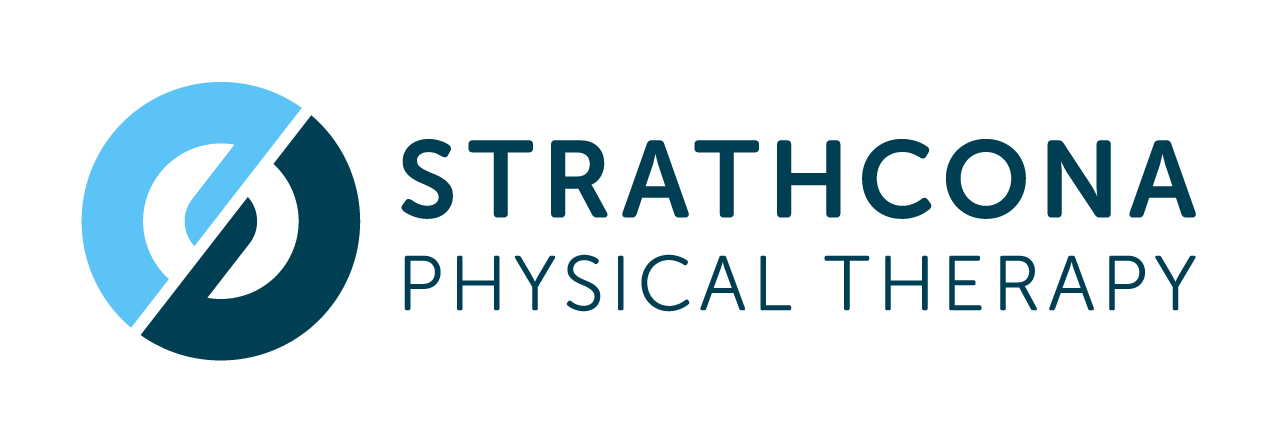Physiotherapy Management of Tension Headaches
Tension headaches, characterized by a dull, aching sensation in the head, are among the most common types of headaches experienced by individuals worldwide. Often described as a tight band around the head, these headaches can significantly impact one's quality of life. Fortunately, physiotherapy offers a range of effective management strategies to alleviate the discomfort associated with tension headaches. This blog post delves into the physiotherapeutic approaches to managing tension headaches.
Understanding Tension Headaches
Before diving into the management strategies, it's important to understand what tension headaches are. Typically, these headaches are attributed to muscle tension or contraction in the neck and scalp regions. Factors like stress, poor posture, and eye strain can often trigger or exacerbate these headaches.
Physiotherapy Approaches
1. Postural Education
Poor posture is a significant contributor to tension headaches. Physiotherapists educate patients on maintaining proper posture, especially during activities like sitting at a computer or using a smartphone. Simple adjustments in workstation ergonomics and daily habits can bring substantial relief.
2. Manual Therapy
Manual therapy techniques, such as massage and mobilization, can be highly effective in relieving tension in the muscles of the neck, shoulders, and scalp. These techniques help in reducing muscle tightness, thereby alleviating the pain associated with tension headaches.
3. Stretching and Strengthening Exercises
Physiotherapists often prescribe specific stretching exercises targeting the neck and shoulder muscles. These exercises help in reducing the tension in these areas. Strengthening exercises, particularly for the upper back and neck, can also be beneficial in preventing the recurrence of headaches by improving muscle balance and posture.
4. Relaxation Techniques
Stress management plays a crucial role in managing tension headaches. Physiotherapists may teach relaxation techniques like deep breathing or mindfulness to help patients manage stress and reduce the frequency of headaches.
5. Dry Needling
Dry needling is an increasingly popular technique in physiotherapy for managing tension headaches. It involves inserting fine needles into myofascial trigger points, typically found in the muscles of the neck and shoulders. Research indicates that dry needling can be effective in reducing muscle tension and pain associated with tension headaches. A study published in the 'Journal of Physiotherapy' found that dry needling, combined with other physiotherapeutic interventions, can lead to a significant reduction in headache intensity and frequency.
6. Ergonomic Advice
Ergonomics involves designing the workplace and arranging the items you use regularly in a way that fits your body's needs and your environment. Physiotherapists can provide personalized ergonomic advice, which is particularly beneficial for individuals who spend long hours in front of a computer.
Conclusion
While tension headaches can be a source of significant discomfort, physiotherapy offers a variety of tools and techniques to manage and alleviate their symptoms. By combining posture correction, manual therapy, exercises, relaxation techniques, and ergonomic advice, physiotherapy provides a holistic approach to managing these headaches. It's important to consult a healthcare professional for a proper diagnosis and personalized treatment plan. Remember, the key to effective management of tension headaches lies in a comprehensive, patient-centered approach.
References:
Cumplido-Trasmonte, C. et al. (2021). "Manual therapy in adults with tension-type headache: A systematic review." Neurologia (Engl Ed), 36(7), 537-547. doi: 10.1016/j.nrleng.2017.12.005. [PubMed ID: 34537167]
Kamonseki, D. H. et al. (2022). "Effectiveness of manual therapy in patients with tension-type headache. A systematic review and meta-analysis." Disabil Rehabil, 44(10), 1780-1789. doi: 10.1080/09638288.2020.1813817. [PubMed ID: 32924640]
Vázquez-Justes, D., Yarzábal-Rodríguez, R., Doménech-García, V., Herrero, P., & Bellosta-López, P. (2020). Effectiveness of dry needling for headache: A systematic review. Neurologia (Engl Ed). doi: 10.1016/j.nrl.2019.09.010. [PubMed][16†source]
